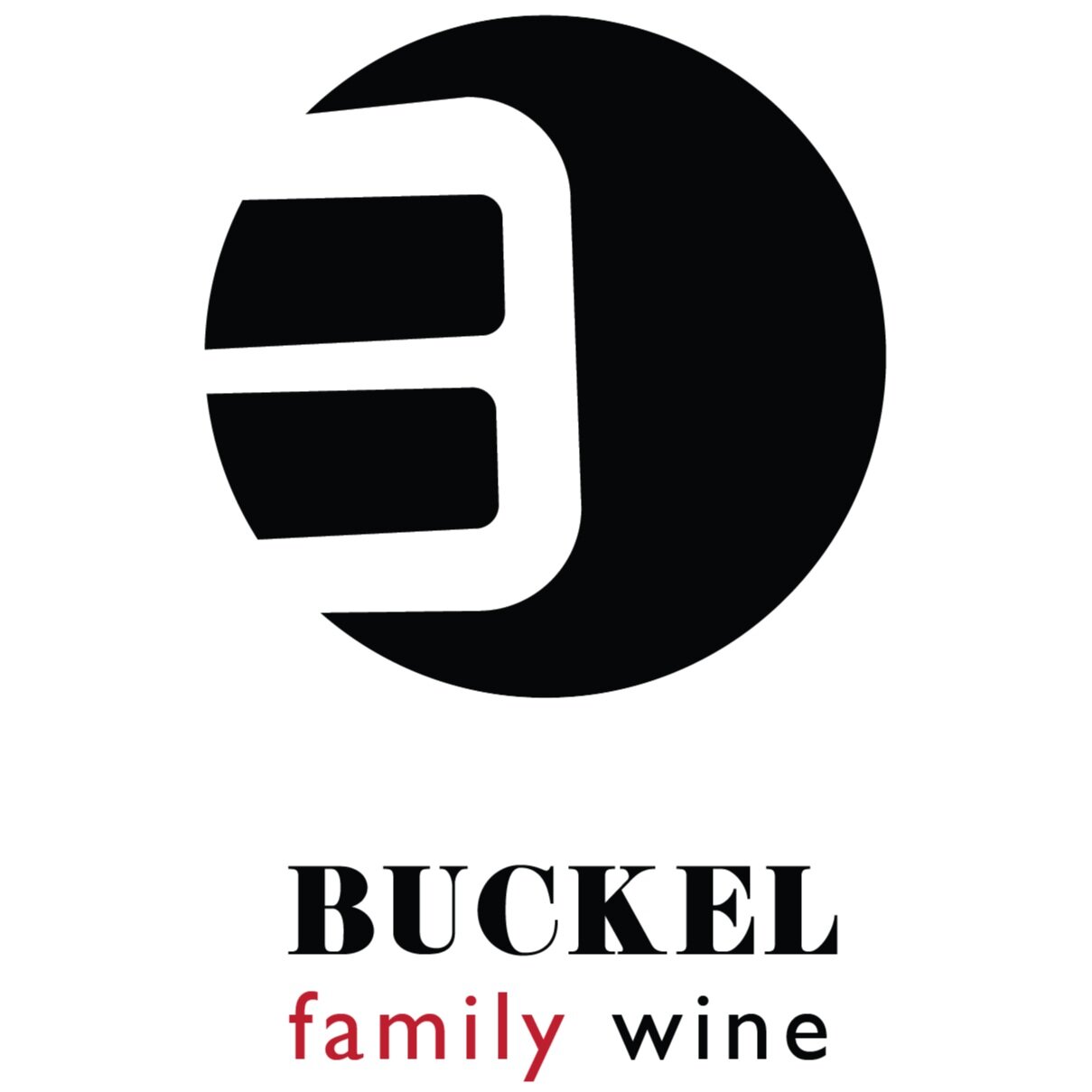How do grapes turn into wine? Fermentation Science
Many people like to complicate wine, using chemistry vocabulary and French terminology to
describe a very technical process. Others prefer to mystify it, describing it as a magical beverage
that miraculously transforms itself from grapes to wine. We will take a middle-of-the-road
approach to describe to you the fermentation process!
Starting in the vineyard, grapes are harvested at a critical point when there is a nice balance
between the grape’s sugar, acidity, and phenolic content. The level of sugar is crucial to provide
enough nutrition for the yeast that will turn the grape juice into alcohol (more on that later).
The acidity provides freshness, and the polyphenols contribute color and structure to the wine.
Once the grapes arrive at the winery, the berries are removed from the stems and slightly
crushed using specific machinery conveniently called the ‘destemmer’ and ‘crusher’. The
berries are then put into a fermentation vessel, like a stainless-steel tank or open-top
fermenting bin. Now that the grapes are in the tank, the fermentation can begin! Depending on
the wine style desired, we select a dehydrated yeast strain to ‘inoculate’. The yeast is hydrated
in warm water and then mixed into the grape juice and berries. The yeast ferments the juice to
wine by consuming all the sugar from the grapes and converting it to alcohol and carbon
dioxide through a series of metabolic processes, like how we digest food!
At the beginning and middle of fermentation, we do ‘punch downs’ and ‘pump-overs’. A punch
down is when we press down the grapes from the top of the tank down to the bottom using a
special stick. A pump-over is a similar concept but pumping the wine out of the tank and back
onto the skins to re-wet the cap. Both processes are used to extract more color and tannin from
the skins of the grapes into the wine, as well as provide oxygen for the yeast to continue
fermenting.
Towards the end of fermentation, around days 10-14, the yeast activity begins to slow, most of
the sugar is now converted to alcohol, and less carbon dioxide is released as a by-product. At
this point, we like to ‘rack’ the wine off the skins and put it in a barrel to age. We also take the
skins left over and squeeze any of the remaining wine out of them in a process called ‘pressing’.
And that’s the fermentation process! If this sparked your curiosity to learn more about the
winemaking process check out the wine education series we are hosting at the winery.

